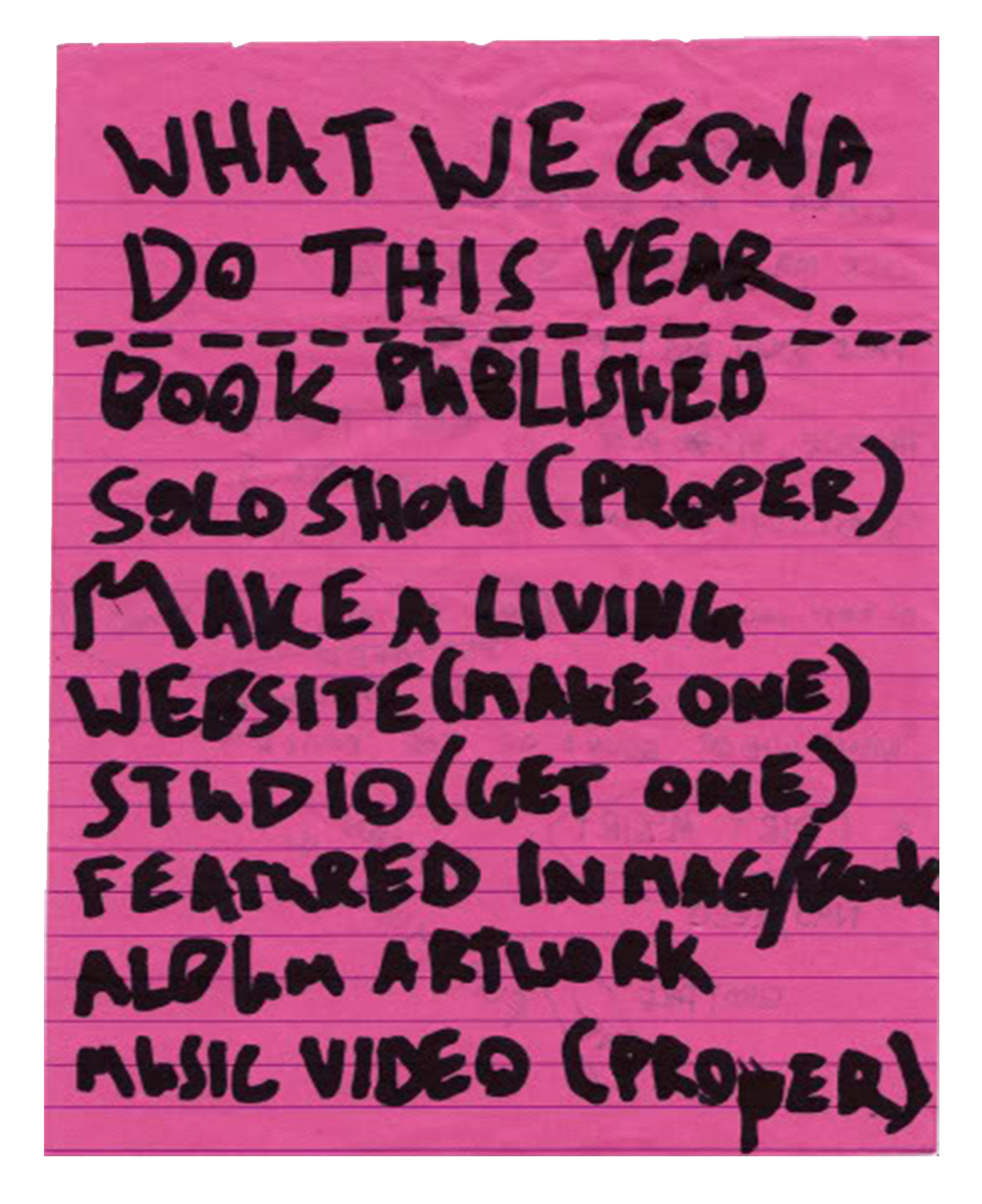What is your first step when you start working on a project? And how do you resolve any doubts or difficulties you encounter during the actual production process?
In 2020, your publishing arm, Waiting Room Press, released Not Dead or Famous Enough Yet, a monograph documenting the studio’s first decade. How did you perceive your own transition through your own aggregation of your activities and works? Also, were there any new themes or issues as the studio that you found yourself facing in the process?



Fast forward ten years later, in the midst of a
pandemic we found ourselves with a bit more time on our hands than usual, so we decided to attempt to achieve this
goal. It feels like cleaning out our closet. The act of documenting the first ten years of a studio that we had built
together in print, all together, in one place for the first time was almost in
a way like wiping the slate clean—like what’s next? If anything,
it pushed the studio forward and made us more hungry to make even better work.
On the 2014 list we had “exhibition in Japan”— I feel like this interview is pretty
close to that.
ME We were writing in the
midst of the first UK lockdown so I guess it came at a good time as the amount
of work we had was less than it might have been. It was a real undertaking: a
mostly mental, but sometimes physical,
archeological dig through the years of the studio.